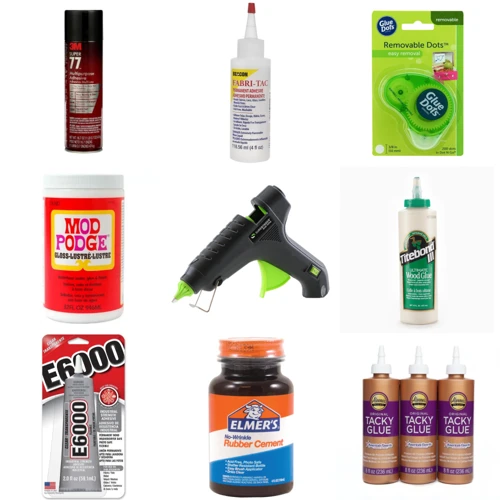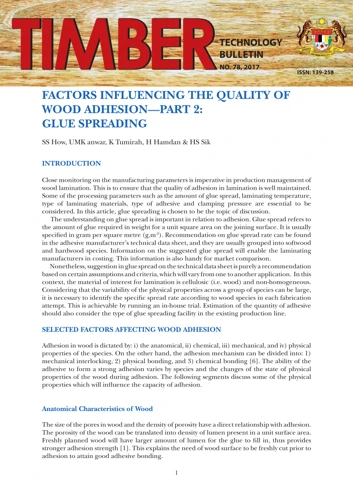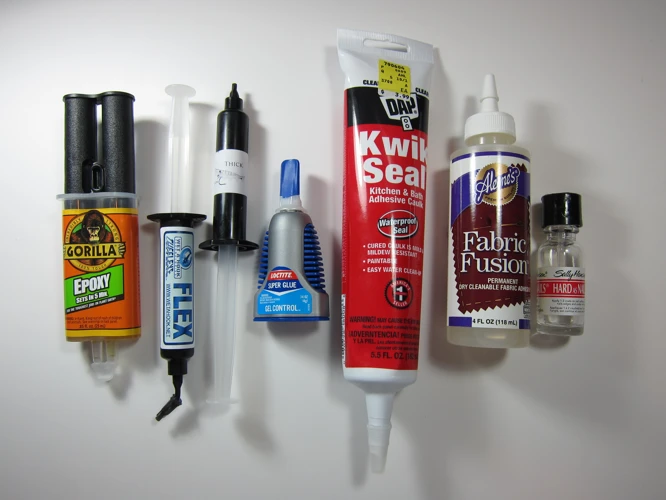Introduction to Glue Chemistry
The world of adhesives is a fascinating realm where chemistry meets practical application. The glue composition, a complex mixture that grants the ability to bind materials together, has evolved tremendously over the years. Glue chemistry plays a crucial role in the effectiveness of these bonding agents.
Chemical Properties of Glue
At its core, the chemical properties of glue determine its stickiness, durability, and flexibility. These properties stem from the molecular interactions between the adhesive ingredients and the surfaces they adhere to. Understanding these interactions helps in selecting the right adhesive for the job.
Types of Glue and Their Ingredients
Natural Adhesives: Origins and Components
Natural adhesives have been used for centuries, sourced from organic materials such as tree saps, animal products, and starches. These substances have unique qualities that make them suitable for specific glue uses, often in art and woodworking.
- Casein from milk
- Animal glues from collagen
- Cellulose-based adhesives from plants
Synthetic Glues: A Breakdown of Ingredients
In contrast, synthetic glues are made from a variety of chemicals, providing a wider range of applications due to their enhanced properties. These adhesives can be tailored to offer superior strength, resistance to temperature changes, and longevity.
- Epoxy resins
- Polyvinyl acetate (PVA)
- Cyanoacrylates
Adhesive Ingredients and Their Roles
Bonding Agents: The Heart of Adhesives
Bonding agents are the fundamental component of any adhesive formula. These agents are responsible for the establishment and maintenance of a bond between surfaces. They can vary greatly depending on whether the glue composition is intended for porous or non-porous materials.
Additives and Their Functions in Glue
Additives in glue composition enhance or impart specific characteristics to the final product. These can include plasticizers for flexibility, fillers for bulk, or stabilizers for shelf-life extension. Each additive plays a strategic role in optimizing the adhesive’s performance.
Glue Varieties and Their Specific Uses
Industrial Adhesives and Their Applications
Industrial adhesives are engineered for high-strength and durability requirements. These specialized formulations are critical in sectors such as automotive, aerospace, and construction, where the integrity of the bond is of utmost importance.
Household Glues: Common Types and Uses
For everyday repairs and DIY projects, household glues are the go-to options. These products are user-friendly and accommodate a broad range of applications, from fixing a broken vase to assembling a model airplane.
- Super glue for quick repairs
- Wood glue for carpentry
- Fabric glue for textiles
The Science Behind Adhesion
How Adhesive Ingredients Work Together
The efficacy of an adhesive is not just about the individual components but how these adhesive ingredients synergize. The combined effect of bonding agents and additives creates a cohesive mixture that adheres to surfaces with remarkable tenacity.
Exploring the Bonding Process on a Molecular Level
Adhesion can be likened to a dance at the molecular level, where the surface characteristics and the adhesive ingredients perform in unison. This process involves complex interactions, such as mechanical interlocking, chemical bonding, and Van der Waals forces.
Advancements in Adhesive Technology
Innovations in Natural Adhesives
With an increasing demand for sustainable materials, innovations in natural adhesives are gaining momentum. Researchers are focusing on enhancing the performance of bio-based adhesives to match or even surpass their synthetic counterparts.
If you’re curious about the composition of glue and what makes it stick, our articles are the perfect resource for you. For a detailed breakdown of the components, take a look at our in-depth exploration of what ingredients are in glue. Additionally, if you’ve come across the term ‘glue strain’ and are wondering what that’s all about, our article on what strain is glue can offer some clarity. And for a more general overview of glue’s constituents, don’t miss our overview on what is in glue. Whether you’re a craft enthusiast or just naturally inquisitive, our content has got you covered.
The Future of Synthetic Glues: What’s Next?
The future of synthetic glues looks promising with the potential for new formulas that offer greater strength, eco-friendliness, and versatility. The ongoing research in adhesive technology points to a new era of adhesives that are smarter and more adaptable to a variety of challenging environments.
In conclusion, the intricate world of adhesives, from their chemical composition to their practical uses, showcases the remarkable interplay between science and everyday life. Understanding the elements in glue, both natural and synthetic, not only satisfies curiosity but also guides us in making informed choices for our adhesive needs. As technology advances, we can expect to see even more innovative solutions in the realm of glue composition, enhancing the way we stick things together in both industrial and household settings.



